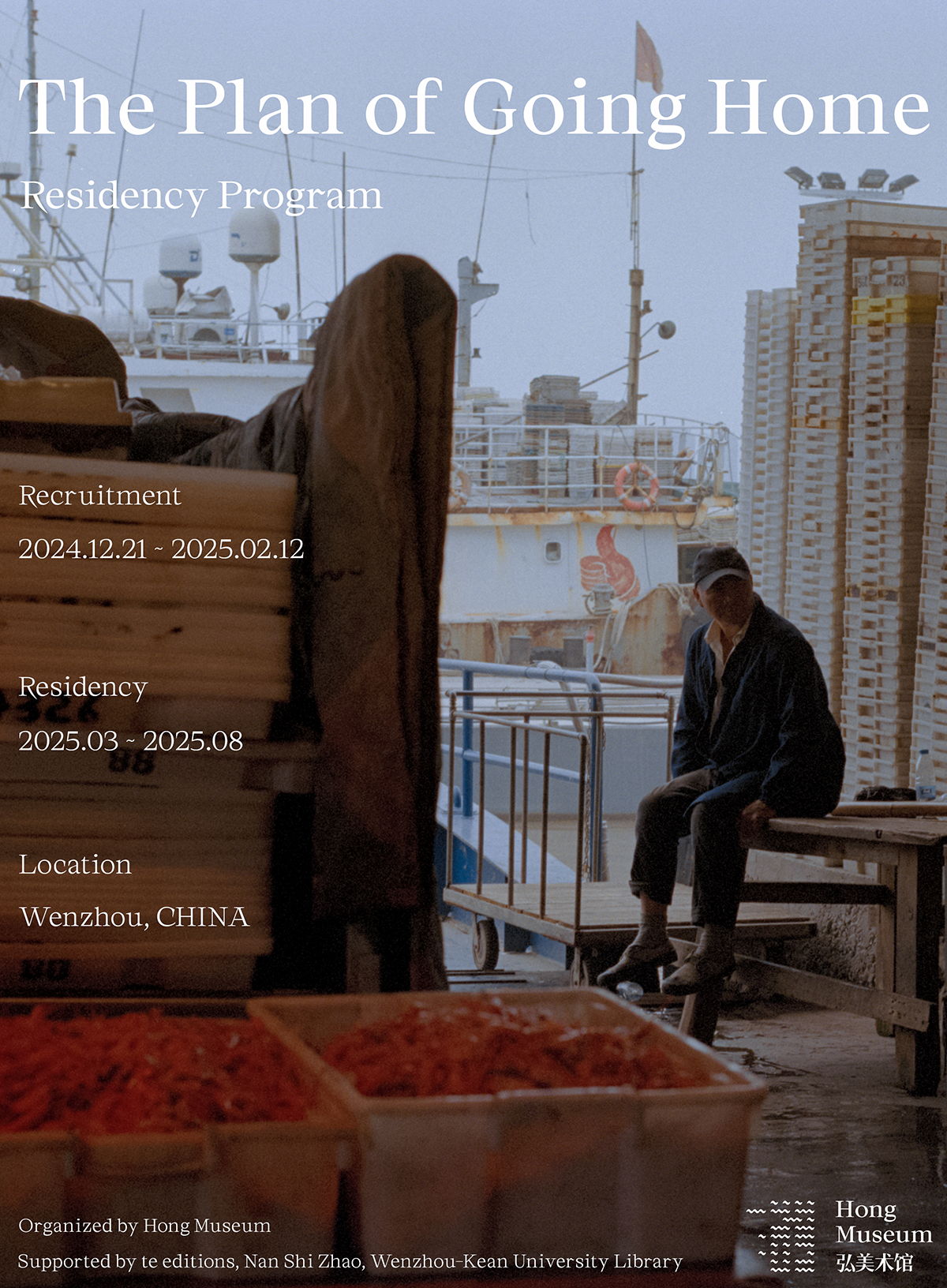
At the beginning of 2026, Hong Museum will organize a group exhibition related to Wenzhou and its culinary culture. The exhibition receives academic support from te editions and is jointly initiated with Wenzhou-Kean University Library and Nan Shi Zhao.
This exhibition takes local food culture as its creative subject, exploring the ecological limitations and migration patterns reflected in Wenzhou’s culinary traditions. By focusing on a specific food or ingredient from Wenzhou, the exhibition seeks to engage with broader cultural contexts and translate these themes through contemporary artistic methods.
Wenzhou is known for its mobility, with its people’s presence spanning multiple countries worldwide. Under the influence of global neoliberalism, Wenzhou has fostered the fusion of local and global cultures through international trade. This has resulted in individuals navigating between diaspora and cohesion in search of identity and belonging. As times change, the traditional binary opposition between “Wenzhou” and 番(oversea)” (local vs. foreign) is gradually losing its effectiveness, while new framework of recognition is still taking shape.
The phrase “Zou Gai” (走归) in the Wenzhou dialect means “returning home”, embodying the cultural consensus of Wenzhou people—“leaving one’s hometown, yet always longing for it.” The term reflects the tension between adventure and return. With this in mind, Hong Museum seeks to investigate elements closely tied to Wenzhou from more concrete and diverse perspectives, aiming to respond to the city’s cultural imprint.

Wenzhou City Map
Anthropologist Marvin Harris suggests that “the foods people love tend to offer better cost-effectiveness compared to those they avoid, balancing nutritional and ecological factors.” Everyday dietary habits, therefore, reflect economic values and preservation consideration within ecological constraints. Wenzhou is surrounded by mountains on three sides and faces the sea on one, with its terrain sloping from southwest to northeast in a trapezoidal manner. The combination of hills and plains provides diverse conditions for agriculture, forestry, animal husbandry, and fishing, which in turn has shaped its culinary traditions. Ou cuisine (瓯菜) is characterized by its emphasis on seafood, fresh flavors, and a variety of cooking methods with over 30 distinct techniques. It prioritizes banquest dishes, valuing a harmonious blend of color, aroma, taste, presentation, and tableware.
Wenzhou’s everyday cuisine also carries strong local characteristics. For instance, a typical “morning meal” (吃天光) might include glutinous rice, clear soup rice noodles, while snacks such as Dengzhan Cake (灯盏糕) and lean meatballs. More than food, these dishes are a comprehensive reflection of social structures, cultural heritage, life wisdom, and historical transformations over time.

The Pickled Vegetable Stall at Washi Market
Photo by Michael

Air-drying beef jerky by the roadside
Photo by coco

XUEZHI Chinese-Western fusion RestaurantAn woman from Anhui, China runs a Spanish seafood rice restaurant. She previously worked as a kitchen assistant for a Spanish who operated a Western cuisine restaurant in Wenzhou, China. In her restaurant also sells Dough Flake soup and dumplings
Photo by Michael
As part of this residency project, researchers can conduct studies based on one or more Wenzhou-related foods, ingredients, or recipes. Alternatively, they can approach the subject through dietary structures, culinary customs, food history, production methods, or consumption settings. By examining food culture, participants will explore changes in the motivation of local production, consumption habits, and social identity dynamics, ultimately producing one or more of the following:
a) Physical artworks (e.g., installations, videos, two-dimensional art works)
b) Workshops, seminars, participatory interactions, or essays
The outcomes of this residency may be featured in Hong Museum’s 2026 group exhibition or publication. The exact format, location, and schedule will be determined based on specific circumstances.
Since the announcement of the residency program, we have received 91 applications from diverse geographic and disciplinary backgrounds, bringing a wealth of possibilities to the project. Based on a comprehensive evaluation of applicants’ personal backgrounds, artistic practices, and residency proposals, as well as their engagement with food and local culture, we conducted online discussions with selected applicants. After careful consideration and ensuring fair allocation of residency resources, we have selected the following seven groups of creators for the residency program.
「GaoQizhen」
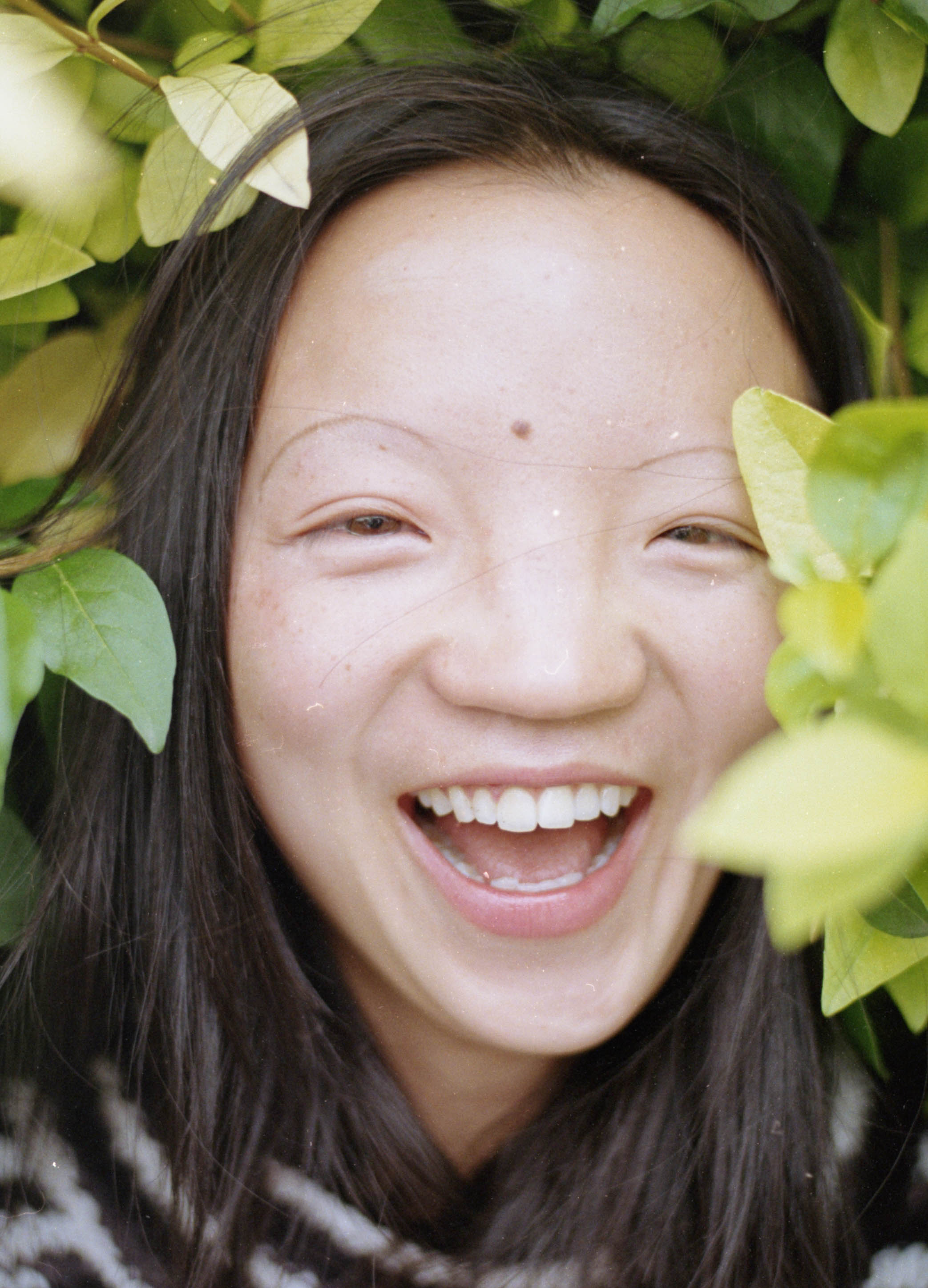
Gao Qizhen Tin, born and raised in Wenzhou, based in Berlin. Gao's work powerfully intertwines the tensions of nature and humanity. Various media such as collage, drawing, dyeing, knitting and other assemblages of physical objects, from cooking ingredients to handmade textiles, these fluid cultural symbols, raw and exuberant organic materials are brought to a broader historical and artistic context after thought-through and experimented. The artist's personal narrative resonates with collective memories and offer enlightenment. Reweaves the intricate connection between the Anthropocene and intrinsic materiality, reflecting the subtle dramaturgy that exists in human – object.
CAI XIAN, the Wenzhou’s way to call fermented and salted vegetables. The project focus on vivid moments that people ignored, combing with dyeing and weaving, expresses the characteristic of the ingredients themselves. Includes the field work in food markets, pickles processing family workshops and enterprise factories in Wenzhou, analysis and draw up a thread of pickling recipe history throughout different generations. Exploring the deep connection between Wenzhou’s local culture and dietary traditions, nod with memories and emotions carried the special fermented vegetables.
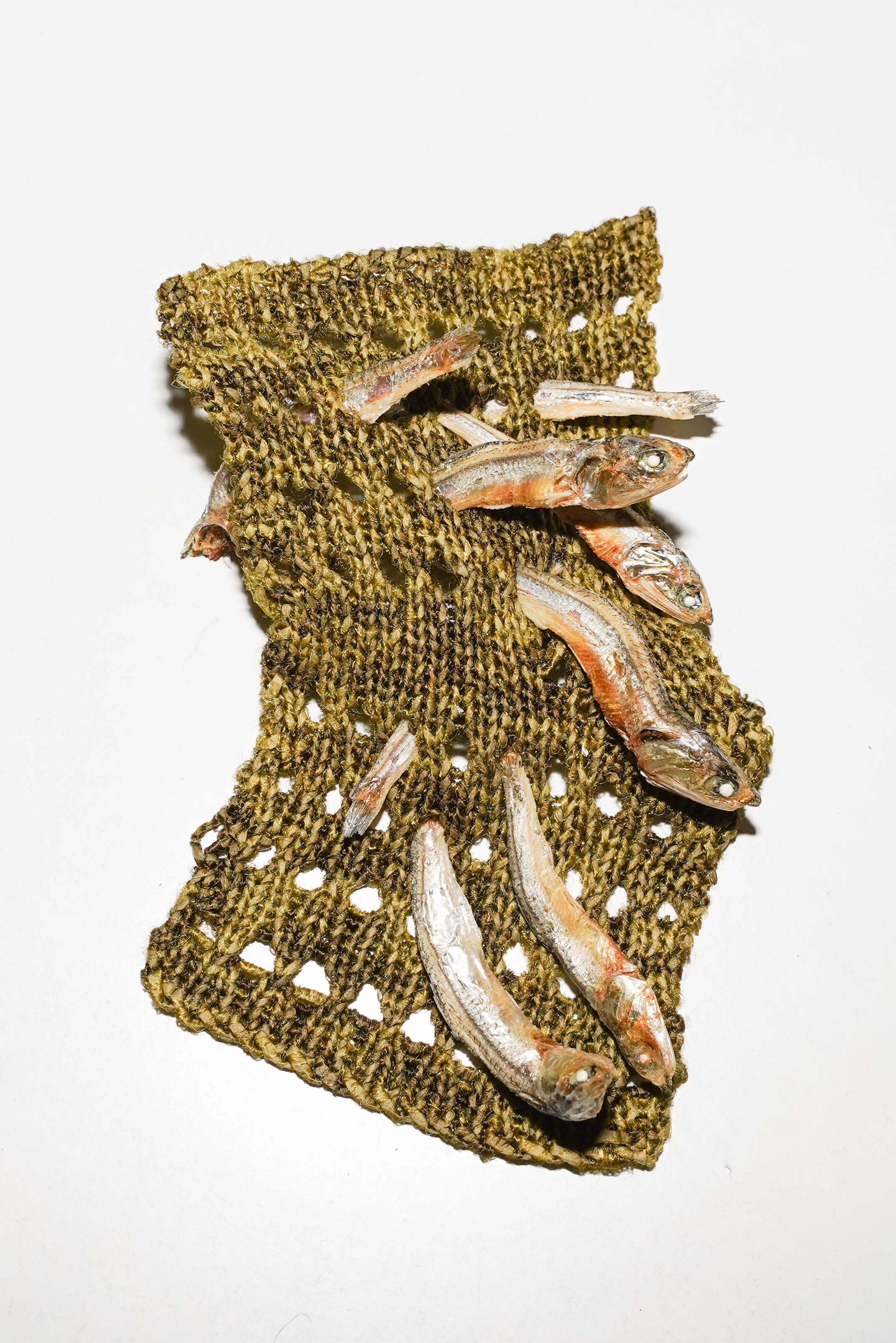
Dreamcatcher
2020
Plant fibre, dried fish
Catch the sad fish in the dream,
Swimming with the good fortune.
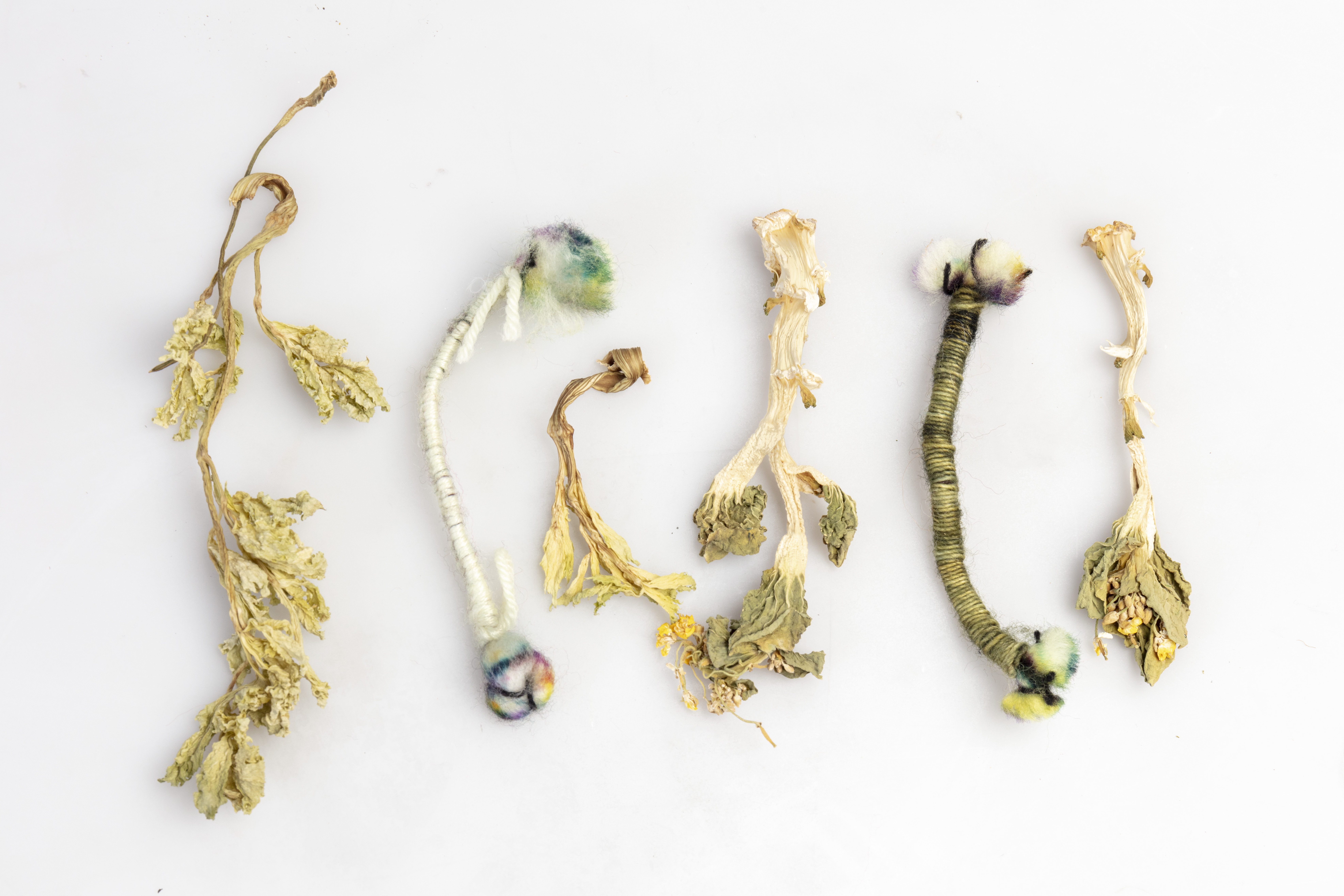
Heart
2020
Wool, cabbage
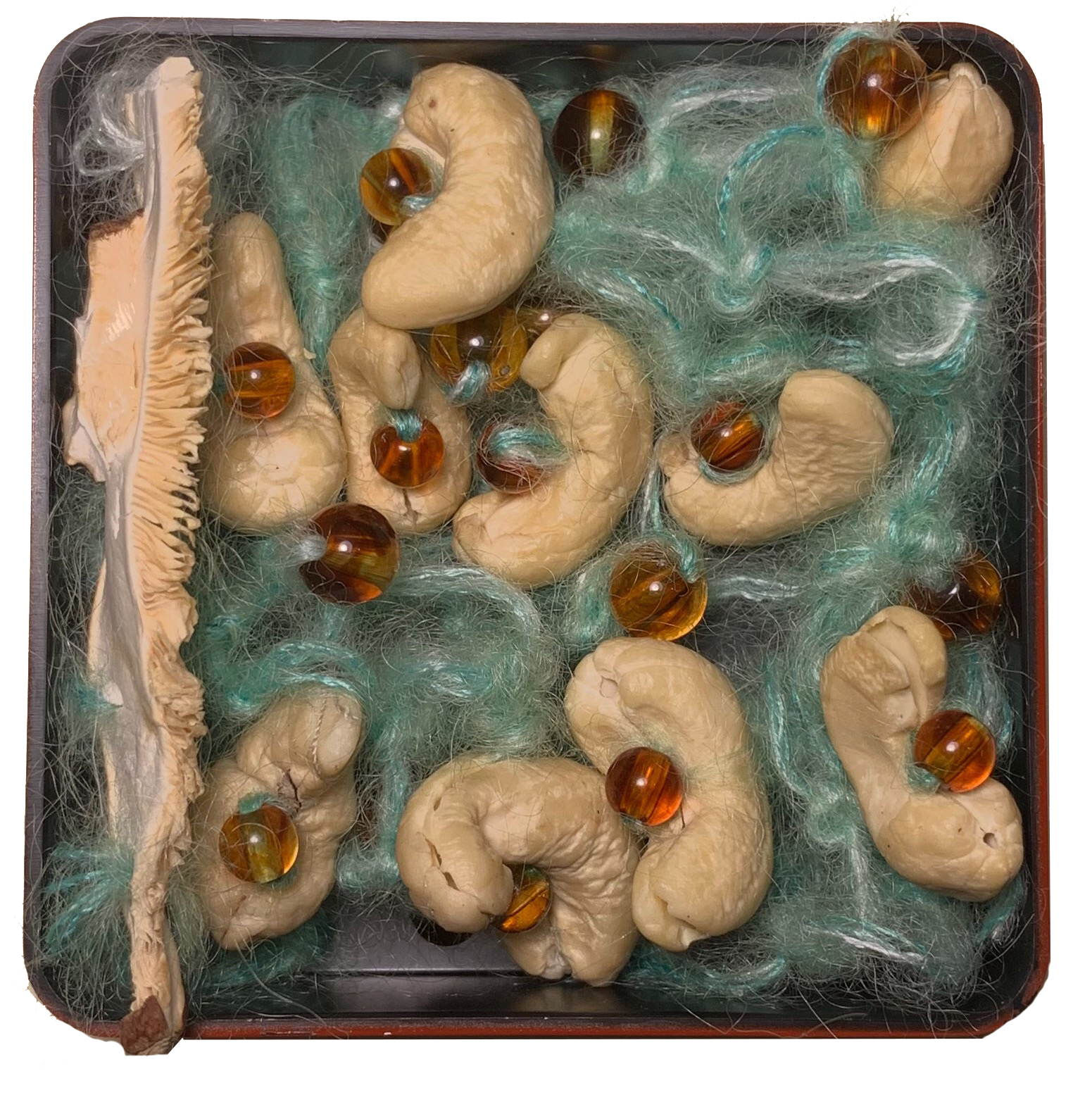
Lullaby
2020
Mohair, cashew, plastic beads, shitake mushrooms, lacquer bento boxA needle going through the nut,
as a bubble,
hug it.
「Jiacheng Chen」
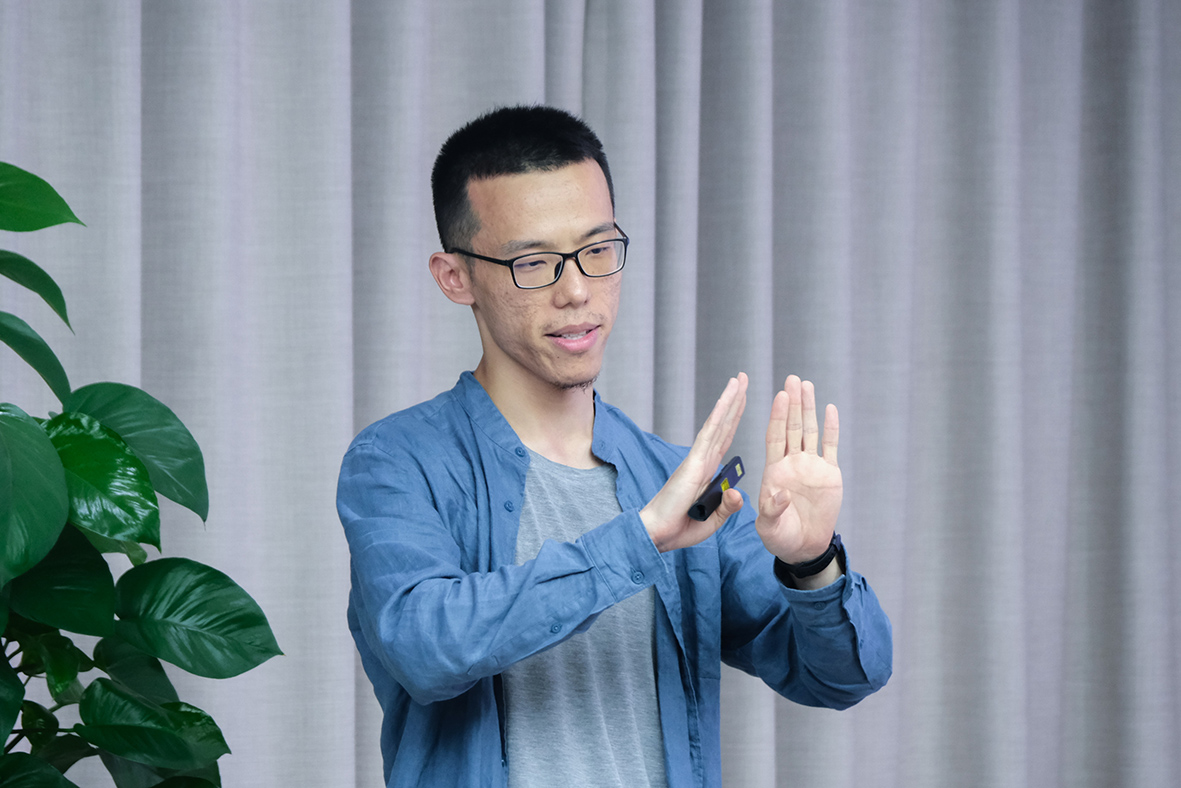
Jiacheng Chen is an artist and independent researcher based in Nanjing, China. He holds Master of Landscape Architecture at the University of Pennsylvania and Bachelor of Arts at the University of Georgia. In 2024, Chen initiated the Lab of Spiritual Territories (lostlost.org). As an artist, his action navigates through the knowledge production system and the Earth that lives inhabit, exploring the complexity of in-situ knowing. His research explores how tradition and heritage can sustainably evolve, especially in the theoretical context of place identity. The trans-disciplinary background drives him to try different forms of creative practice, and his commonly used methods include digital drawing, design narrative, painting, installation, video.
Jiacheng Chen’s Previous research has primarily explored the possibilities of concepts "locality" and "place identity" within design narratives. It has investigated the potential evolution of "place" in different contexts through design proposals and artistic works, reflecting on the renewal of social values during these changes. Specific topics covered include the evolution of regional landscapes, the renewal of traditional rituals, the contemplation of historical relics, and the redefinition of the significance of infrastructure. Utilizing field, archival studies, and qualitative interviews, the cognitive dimensions opened by these research ultimately become a certain "trigger" for the audience through artistic works.
‘The Mountain Breathes Beyond Measure’ launched at the Beiqiu Museum of Contemporary Art in 2024, is a research action based on the tunnel space where the exhibition is held, initiating an embodied study of urban residual spaces. Simultaneously, the project focuses on the the mountain's breath to reflect on the slightly dry modern surveying-drafting techniques, and attempts to re-enchant the place with seven custom-made artworks.
-北丘当代美术馆.jpg)
The Mountain Breathes Beyond Measure
Collecting mountain wetness
BMCA
-北丘当代美术馆惠允.jpg)
The Mountain Breathes Beyond Measure
Research Mapping
BMCA
-北丘当代美术馆惠允.jpg)
The Mountain Breathes Beyond Measure
Exhibition Entrance
BMCA
「The Jelly Troupe」
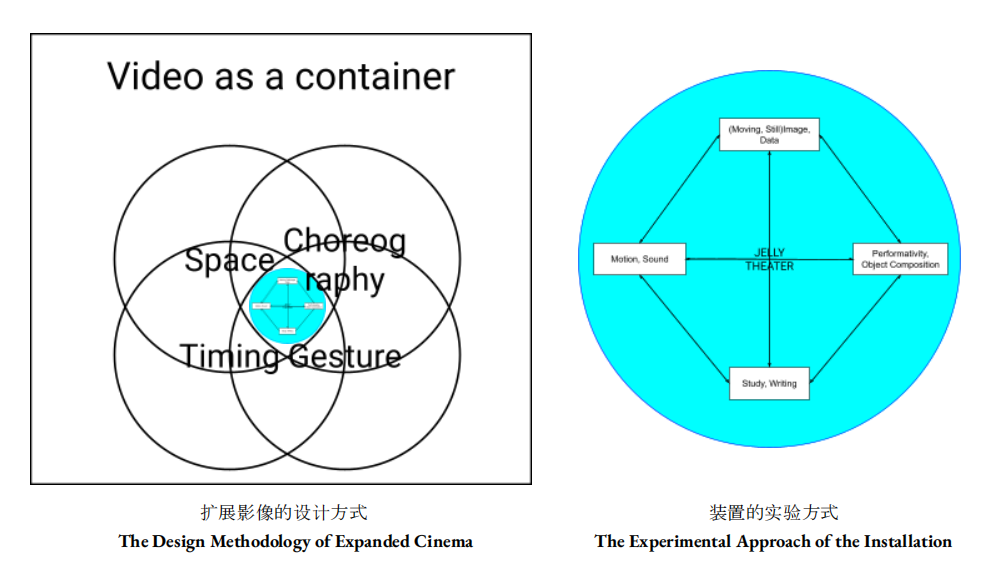
“The Jelly Theater” is an installation and expanded cinema performance. It aims to create a work produced through creative feedback, involving four artists inspired by research material on Wenzhou cuisine, specifically “Jelly.” Each artist, according to their role, informs and collaborates to materialize their contribution. This production method is led by Zheng Yezhou and facilitated by Chen Zi(study and writing), Camille Casemier (performativity and object composition), Juan Flores(motion and sound), and himself(moving/still image and data).
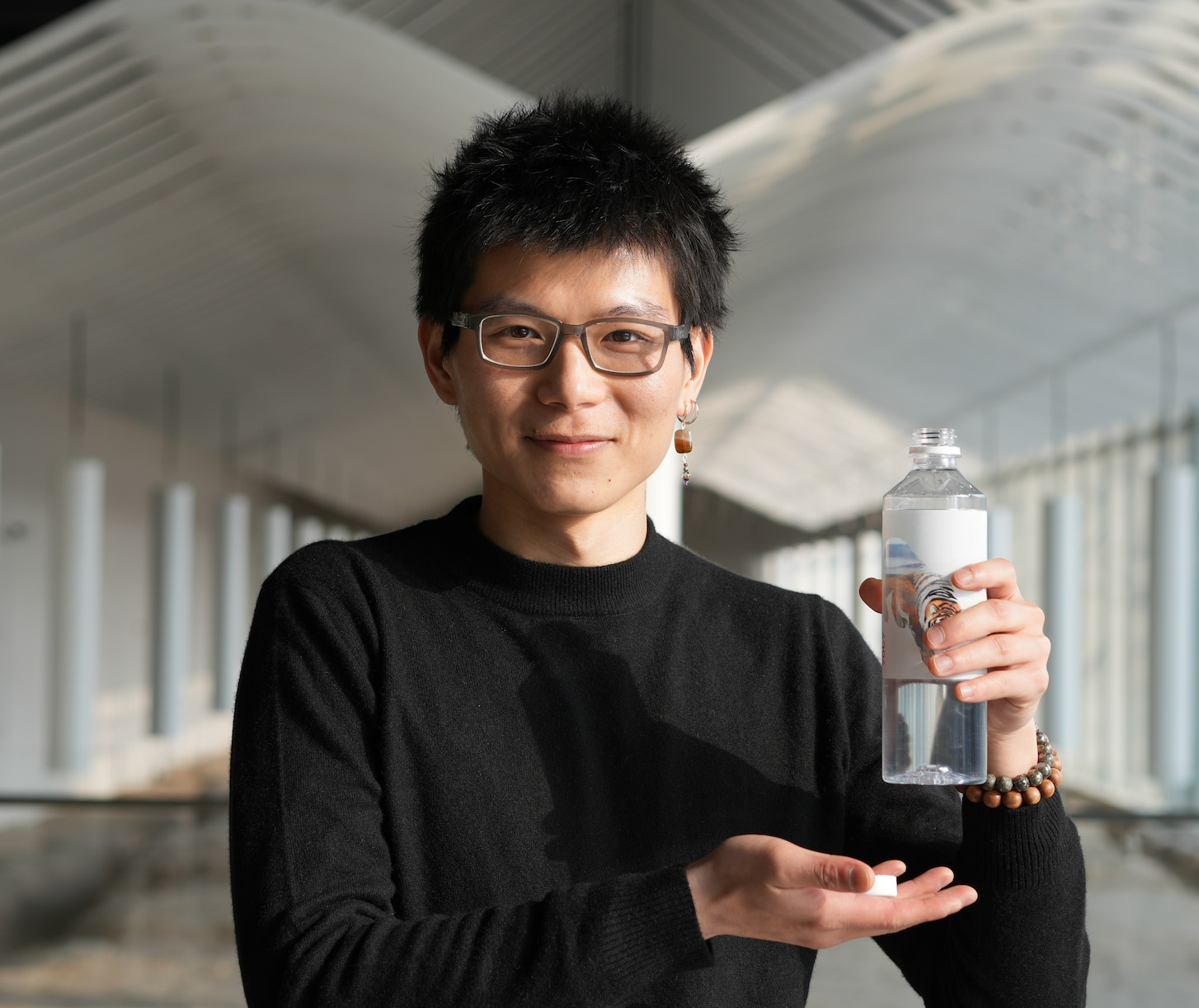
1)Zheng Yezhou is a video artist specializing in moving images and video installation art. He explores the transgressive nature of the act of ‘gazing’ and the interaction between the gazer and the gazed-upon, using video and installations to discuss the poetics and proximity between people and their environment, and between the environment and objects. He believes there are no innocent images and reflects on the way they are made. He aims to dissolve the inherent production processes of images and deconstruct them from a methodological standpoint with his experience working with experimental animation and film. He holds a BA in Film Art from Emerson College and an MFA in Film, Video, New Media, and Animation from the School of the Art Institute of Chicago (SAIC). His works have been exhibited at the Chinese American Museum of Chicago, John David Mooney Foundation in Chicago, Uncanny Gallery in New York, CICA Museum in Seoul, and the FAA Art Action Festival in Mexico City
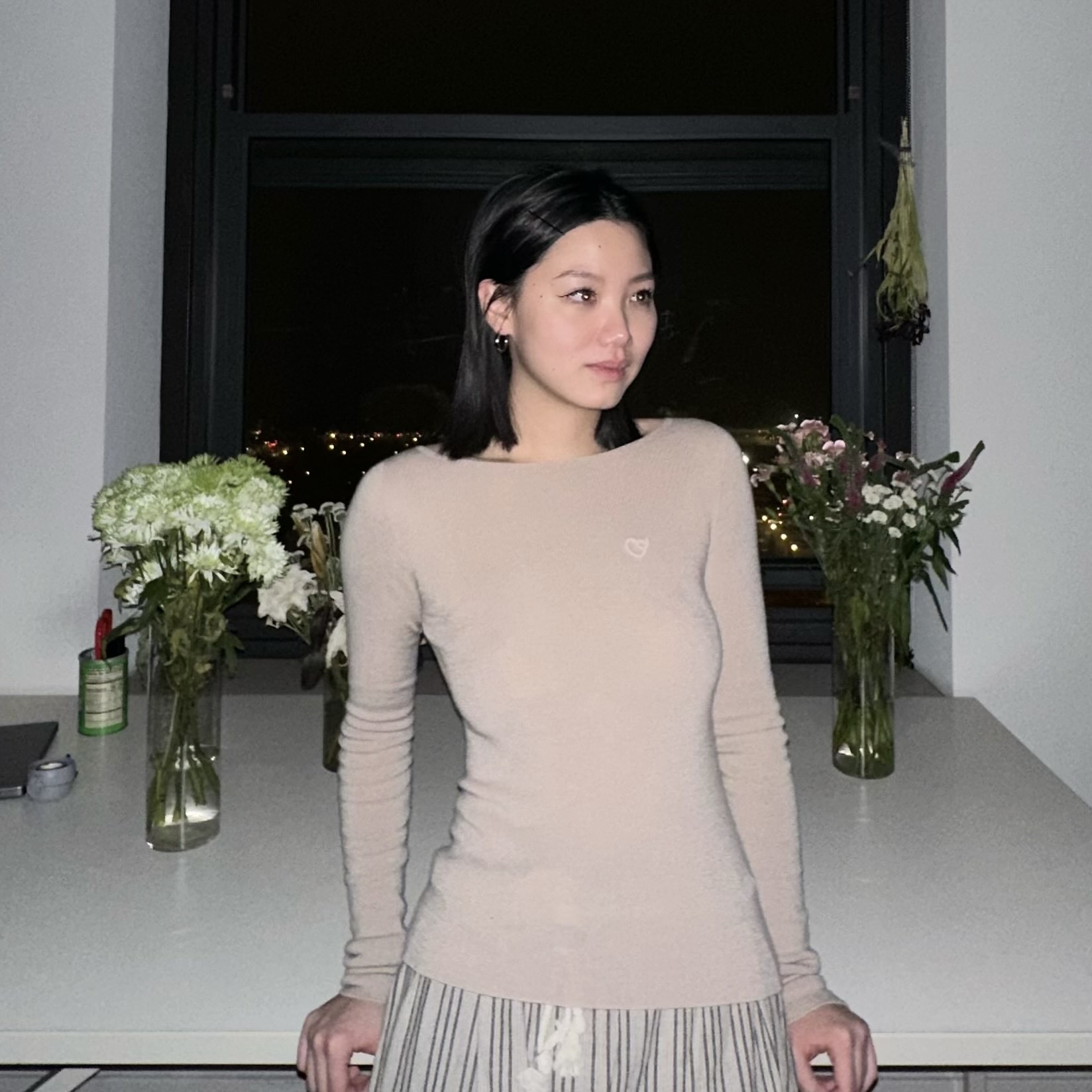
2)Jessica Zi Chen (she/her, b. Changzhou, China) is an art history researcher, independent curator, and community builder currently based in Chicago, the homelands of the Odawa, Ojibwe, and Potawatomi nations. With a focus on the critical symbiosis of human and non-human, Chen integrates her interests in ecocritical theory, Indigenous knowledge, and archipelago thinking in the context of extractive capitalism across Global South into her curatorial and theoretical work. She holds an MA in Modern and Contemporary Art History from SAIC and a BA in History of Art and Architecture and French Studies from Boston University. She is the co-founder of Working Title, an art historian-led initiative that fosters collaboration between scholars and artists through the AAH Conversation series, commissioned projects, and cross-institutional exchanges in and beyondthe Chicago art community. Chen has been a Muña 2024 resident, a Mildred’s Lane resident, and a presenter at the University of Chicago and UIUC.
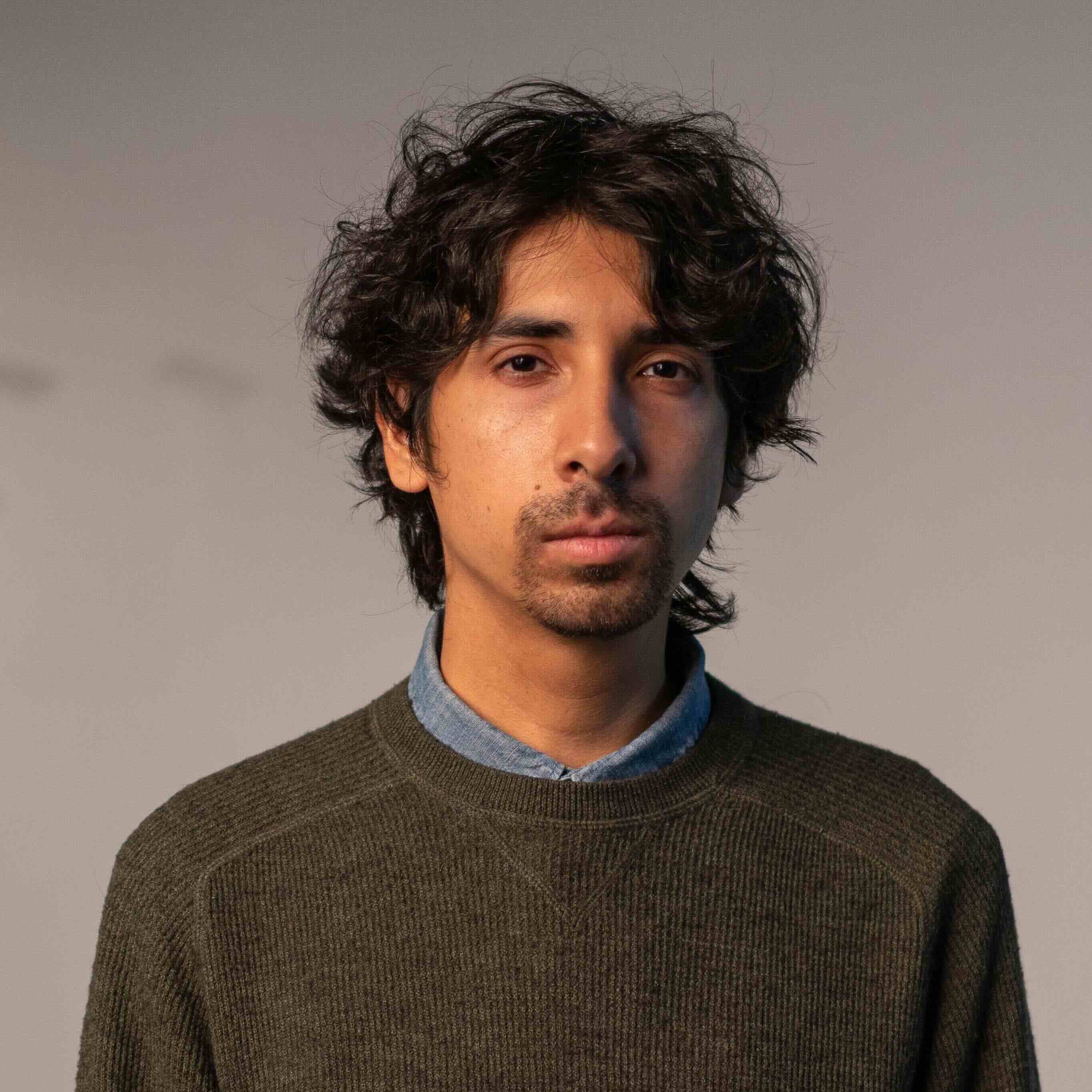
3)Juan Eduardo Flores is a Chicago based artist and educator interested in motion, sound, and the "traveling image” as mediums to explore our intimate relationship between control & entropy, along with presence & absence. His practice also has an emphasis in the art of documenting the transformations that happen during the gradual transition from being in point A to point B. Further topics of exploration and interest include: stress-testing minimal to complex systems, automation vs. manual labor, the poetics of the everyday, and the aesthetics of wonder.
He holds a BA in Art with a certificate from the Ammerman Center for Arts and Technology from Connecticut College and an MFA in Art & Technology Studies from the School of the Art Institute of Chicago (SAIC). He currently teaches at SAIC as part time faculty in the department of Architecture, Interior Architecture, & Designed Objects, and in The University of Illinois Chicago, teaching new media art and physical computing.
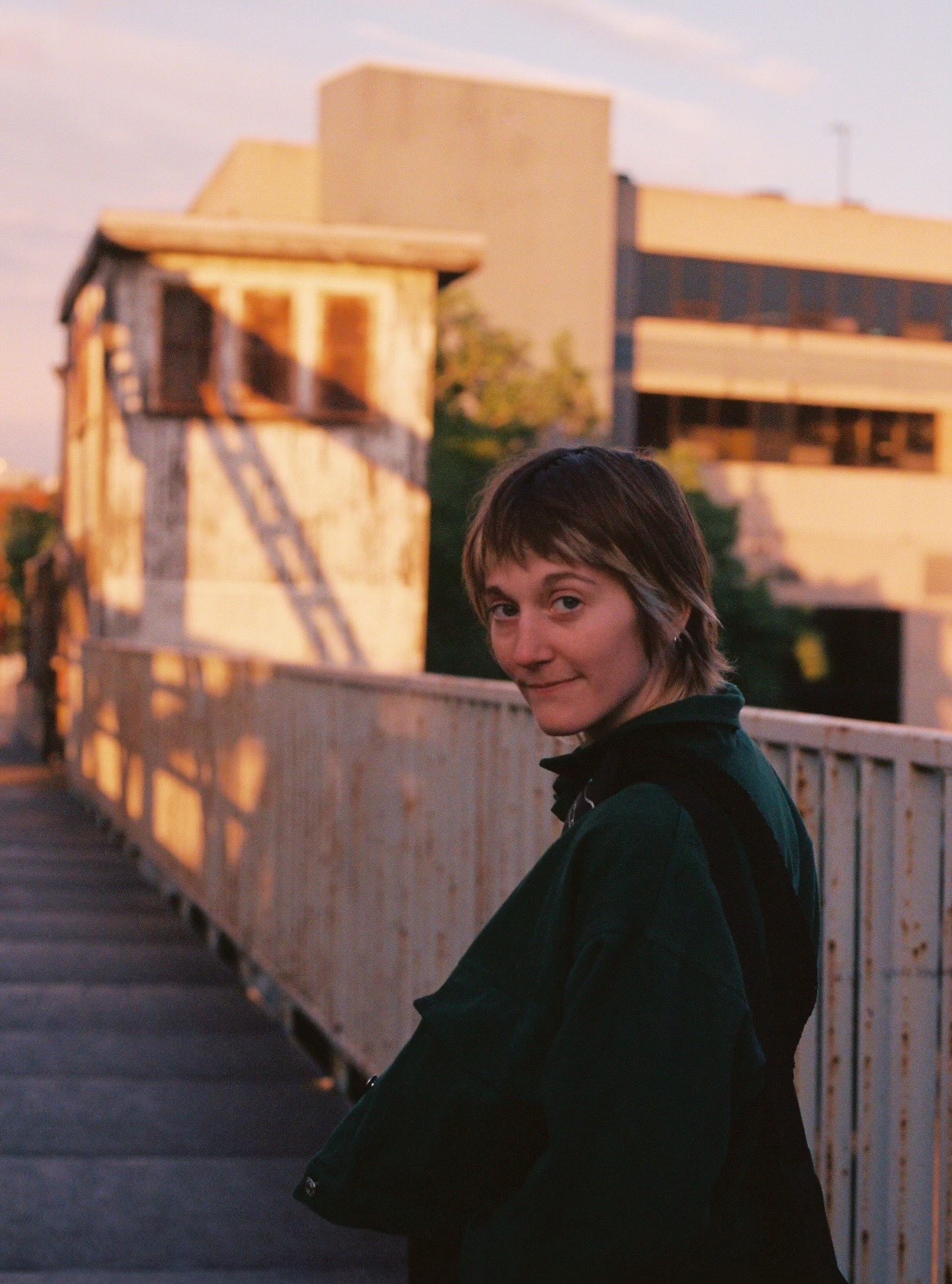
4)Camille Casemier began her artistic career studying dance and puppetry. She brings her choreographic sensibilities to a diverse range of materials in her practice, including objects, language, and images. With a keen sensitivity to the "liveness" of things, her projects often evolve from a single object, expanding into networks of gestures that span pages, stages, and screens, frequently mediated by cameras and audiences. Central to her work are themes of collection and the archive, influenced by her day job at a resale shop and her engagement with Chicago’s cultural institutions, such as the Field Museum and the Art Institute of Chicago. Her recent projects critically explore the intersections of value, cultural artifacts, collecting practices, and the cultural legacy of accumulation. Casemier’s creative trajectory was profoundly shaped by her formative experiences with Bread and Puppet and her studies in dance at The New School. She holds a joint BFA in Art and Theater from the University of Michigan and an MFA in Performance from the School of the Art Institute of Chicago, where she now teaches in the Painting and Drawing and Performance departments. Her work has been presented at Festival Arte/Acción (Mexico City), the Indonesian Performative Drawing Forum (Yogyakarta), Re-Happening at Black Mountain College, Performance Art Studies #73 (Görlitz, Germany/Zgorzelec, Poland), and the Volkenburg Puppetry Symposium of the Chicago International Puppet Festival, among other venues.
「Sha Shuang」
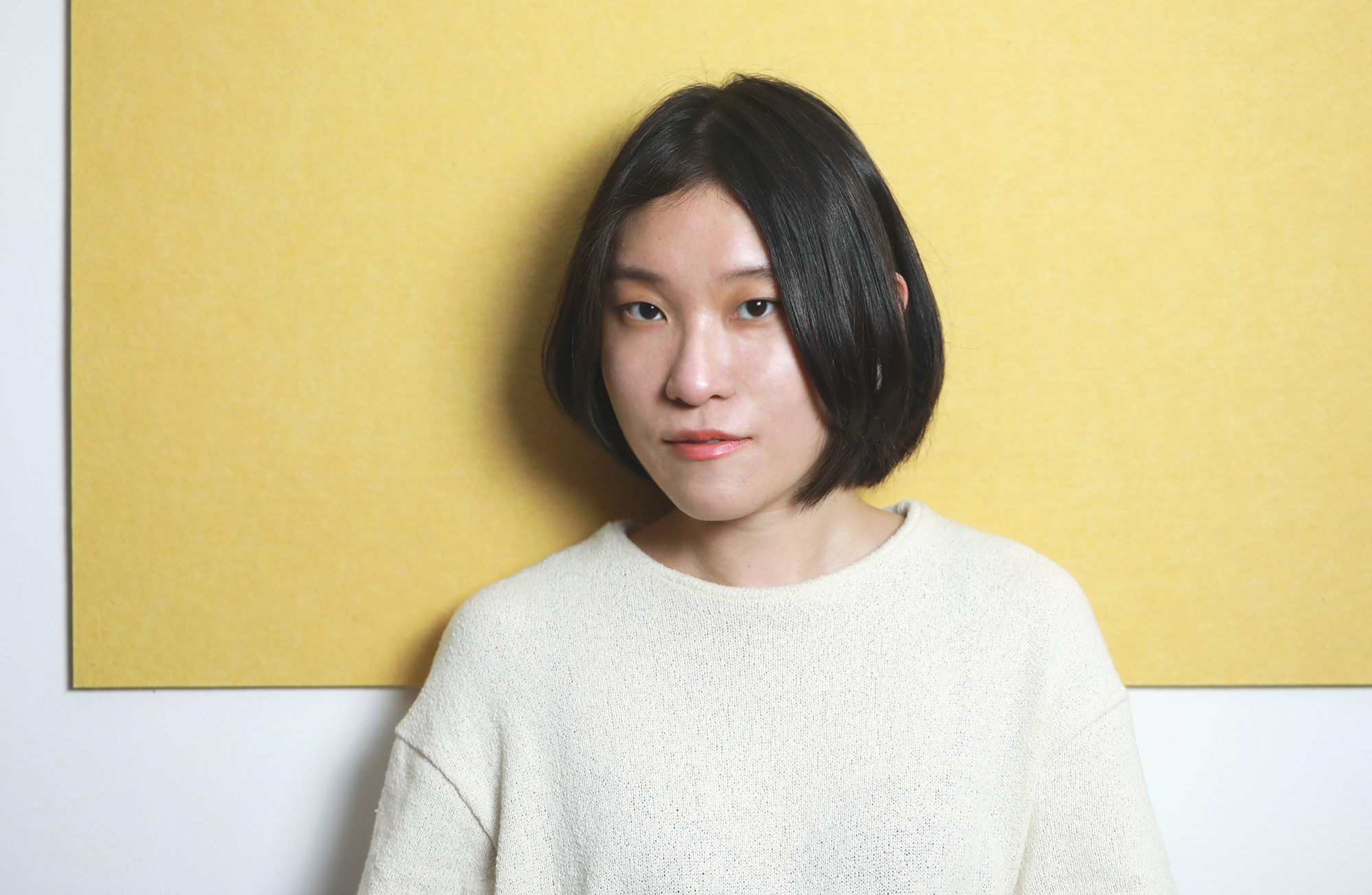
Sha Shuang is an artist who focuses on social art. She graduated from the Printmaking Department of the Central Academy of Fine Arts, lives and works in Shanghai and Beijing. She majors in public relations, public space and local practice research and artistic discussion. The production methods of her works cover painting, installation and social intervention, and the art project uses "co-creation" as the working method. She has long been concerned with the "standardization", "opposition and flow" in relationships, using this as a research clue, starting from images and events, focusing on displacement, change, memory, and community social issues as keywords.
「Tagtogo SoRaSi: Cattle Digital Surveillance Art Project」This is a socially participatory art project promoted by the creative production department set up by artist Sha Shuang in a Shanghai animal husbandry health big data company. The project uses cattle as clues to record the relationship about person, people and the environment in urban fringe areas and rural scenes. Through photography, sketches and woodblock prints, the creator and company founder made a map field in the early stage. The issues that the project hopes to focus on include migration, change, memory and community. The project explores the use of surveillance and big data, as well as the compatibility of old and new farming methods - through interdisciplinary art and collaborative participatory methods to promote the development of artistic projects. The artist is going to plan, create and display the project in stages, and will connect multiple sites to form a complete social practice project.

「Tagtogo SoRaSi: Cattle Digital Surveillance Art Project」
「OnlyRICE」
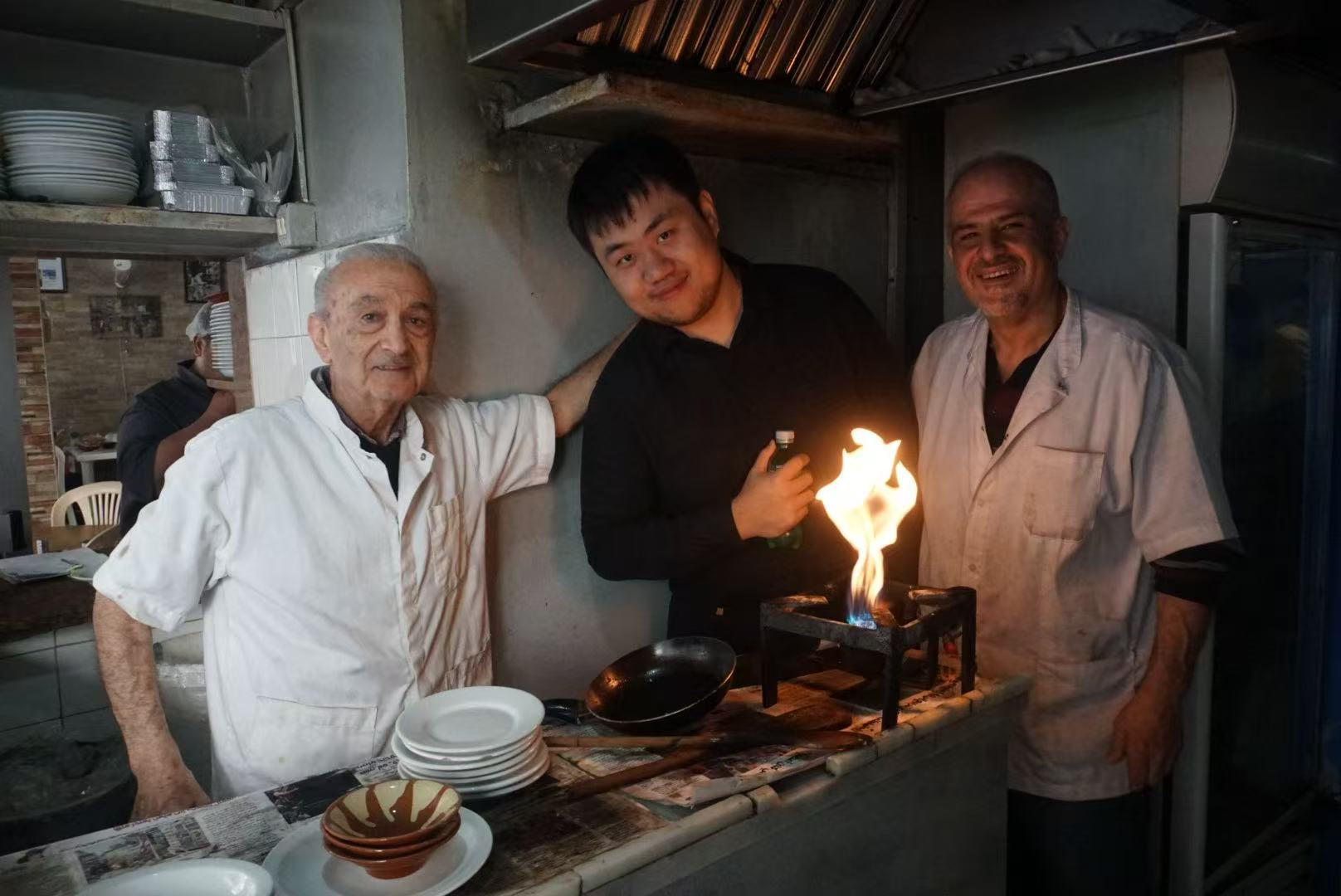
1) Steve grew up in Tianjin and Beijing and is currently a PhD student at Yale University. Having lived in multiple countries across East Asia, North America, and the Middle East, he has developed a strong interest in travel, food, and social sciences, as well as extensive experience in the food and media industries.
He co-hosts the podcast A Matter of Taste and manages two blogs, A Proper Dish and A Proper Drink.
Influenced by Anthony Bourdain, he seeks to explore the political, historical, and social dimensions of food through travel and food writing, particularly by documenting how individuals experience and respond to the macro forces shaping their local contexts through interviews and observations. In both research and writing, Steve focuses on the intersections of migration, conflict, economic development, political institutions and foodways.
By integrating academic research with creative expression, he aims to broaden public engagement with the historical, cultural, and social structures underpinning food.
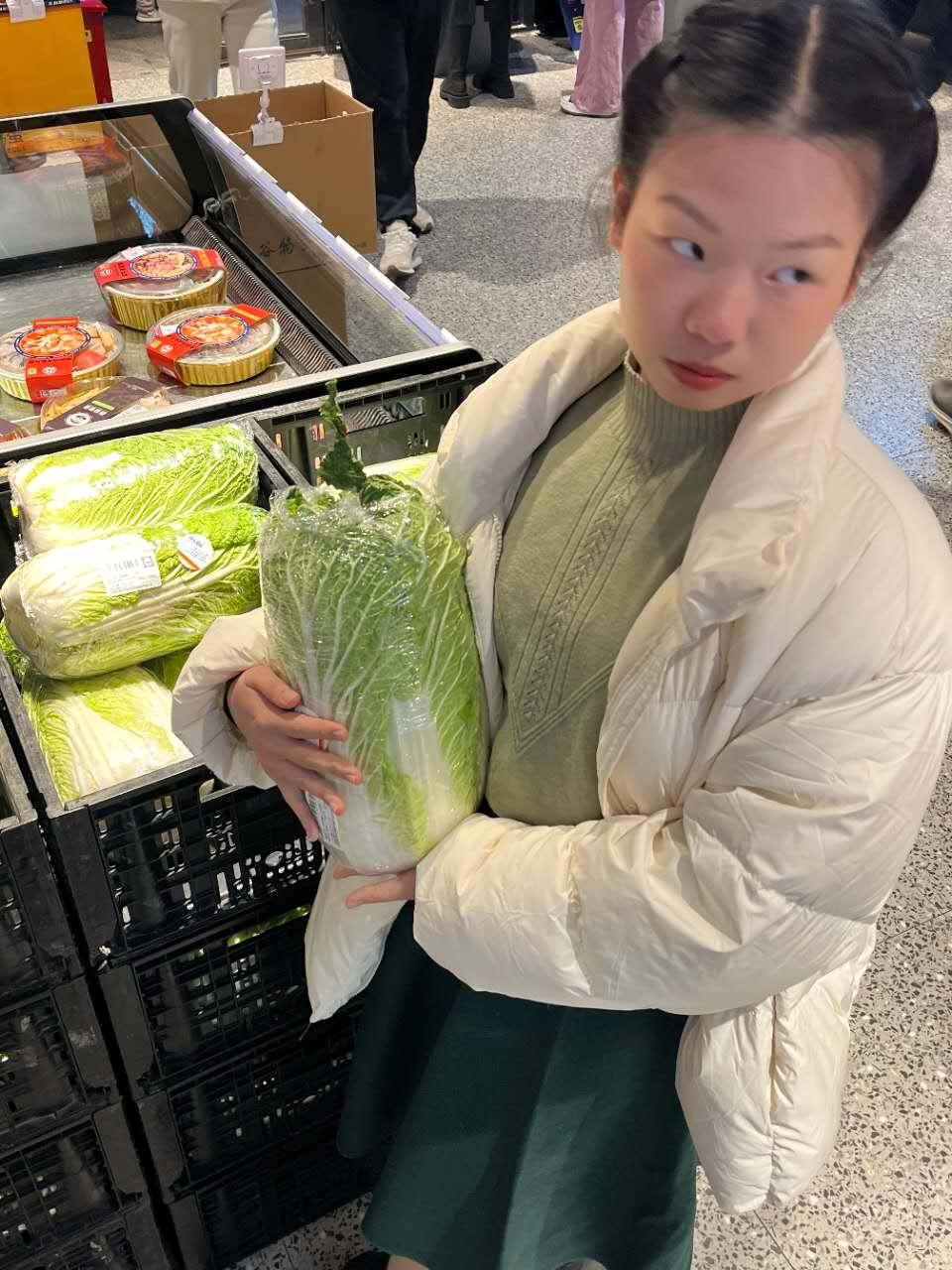
2) Shelley(NI Xuelai) grew up in Shanghai and Guangzhou, currently studying Communication and Journalism at the Chinese University of Hong Kong. She developed an interest in sound design through creative media and began exploring documentary filmmaking through the lens of visual anthropology. With a diverse creative background, she focuses on the challenges of translation, seeking different kinds of non-verbal ways to capture a moment of authenticity. Her practice includes performance, image, and digital arts, examining the density of feelings and how the body and sound store, recall, and evoke human emotions.
Shelley's research interests include live-streaming industry, struggles of contemporary youth, and their living conditions. In 2024, based on five months of fieldwork, she collaborated with Pei Yu to film the documentary "Once Upon a Time in Dongmen" in Shenzhen, which focuses on outdoor live-streaming anchors. In this work, she explores the current state of the live-streaming industry in China, the precarity of anchors' lives, and the strategies and tensions of local public management policies.
Recently, her focus has shifted towards the field of acoustics, investigating how humans perceive and interpret the internal sounds of the body. She is particularly interested in their relationship to movement, exploring bodily sensations from within and imagining the soundscape of the human interior.
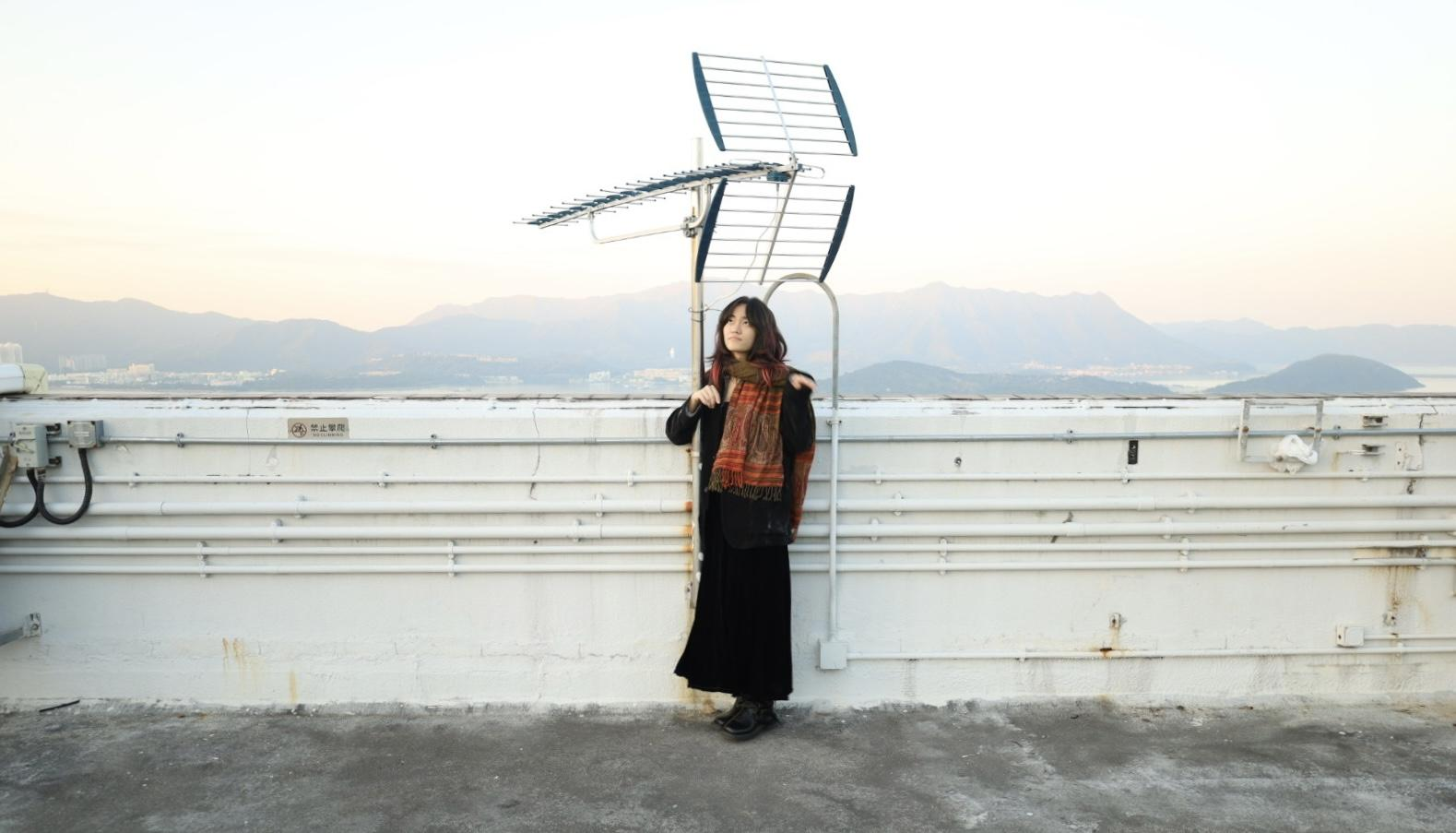
3) Pei Yu grew up in Shanghai and is currently studying at the Chinese University of Hong Kong. She is a researcher and creator who approaches her work from an anthropological perspective. By combining documentary and sensorial styles, she attempts to use images as a medium to convey memory and emotion, exploring their intersections with space, gender, power, and socio-political and economic structures. She seeks to find the blurred boundaries of formulated language and various forms of images, focusing on the specific meanings that the uncertainties of images can convey.
Based on five months of fieldwork, she collaborated with Ni Xuelai to film the documentary "Once Upon a Time in Dongmen" in Shenzhen, which focuses on outdoor live-streaming anchors. In this work, she explores the current state of the live-streaming industry in China, the instability of anchors' lives, and the strategies and tensions of local public management policies.
Pei Yu's research interests include immigration, diaspora, gender, youth subcultures, and the politics of emotion and memory. She combines field observation, ethnographic writing, and visual materials, focusing on East Asian societies and post-socialist contexts. Through the lens of everyday life and personal history, she attempts to address the political meanings of emotion and memory, examining how their formation and expression relate to social structures, power inequalities, and the histories of specific groups.
「Plant South Salesroom (PSS)」
Plant South Salesroom (PSS), formed in 2021 as an assemblage, focuses on plant humanities studies and community-based interactions.
In the early days, PSS conducted writing, workshops, and dialogues as our major approaches. Drawing on archival research on plant history, we launched the Plant South Newsletter. Using interdisciplinary fieldwork methods, such as interviews and studies of local archives and records, we have reflected on the secrets, ruptures, mobility, and palimpsest of culture through the idea of vegetal geography.
We continue to explore various research paths, incorporating exhibitions, sound projects, and other practices to generate fresh insights. Seeking to transcend disciplinary boundaries, we integrate intellectual experience with hands-on experience, approaching creative actions as dynamic research that responds to the ever-changing world.
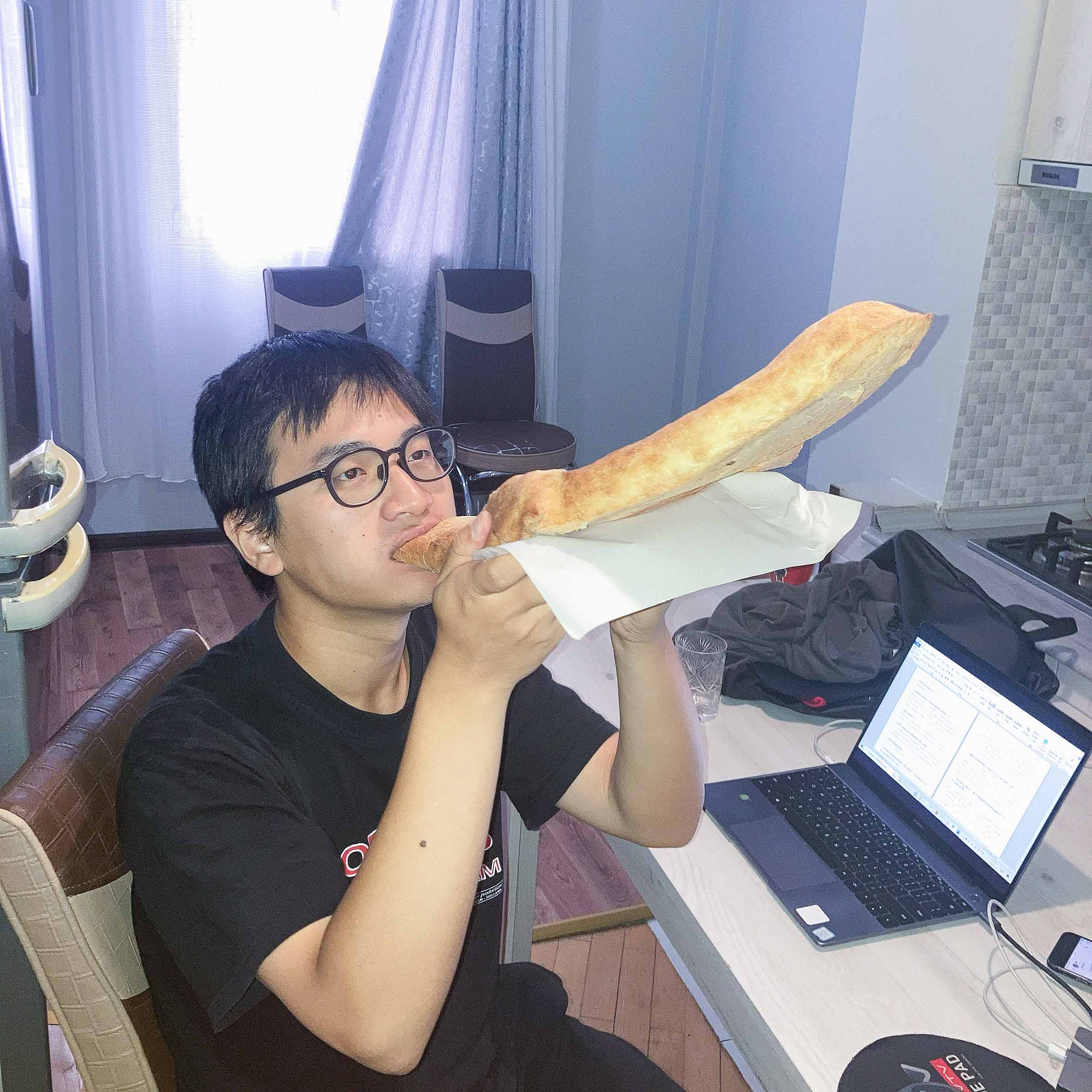
Hangping Yang (b. 1995) is an artist and co-initiator of Plant South Salesroom, living and working between Frankfurt and Shanghai. He is currently studying Fine Arts at the Städelschule in Frankfurt under Professor Haegue Yang. In 2017, he obtained a Bachelor's degree in Environmental Design from Tongji University and served as a visiting lecturer at the same institution in 2021. His practice primarily employs sculpture and installation, focusing on the flux of space-time scales in productive landscapes and vegetal geography.

Antone Liu (b. 1999, Anshan) is an artist based in Frankfurt and Wuxi. Deeply invested in transcultural narratives and the history of design and manufacturing, his research and works tickle the precariousness and shifts in the perceptions of worldviews. Often informed by the unexpected intersections of these evolving paths, Liu constructs performative surfaces on his sculptures and installations that enable illusory experiences.
At first glance, Liu’s works recall the forms of drying racks, pillowcases, pillars, and other familiar objects from daily life. However, their surfaces are reconstructed with intricate handcrafted techniques: cross-stitch patterns that are actually painted, seemingly beaded curtains made from rice grains. Liu explores how invisibility and familiarity encounter one another, with the potential of disrupting established ways of thinking.
In this residency program, Antone Liu collaborates with Hangping Yang as a special research fellow of Plant South Salesroom to develop their practice.
「Tracy Wu」
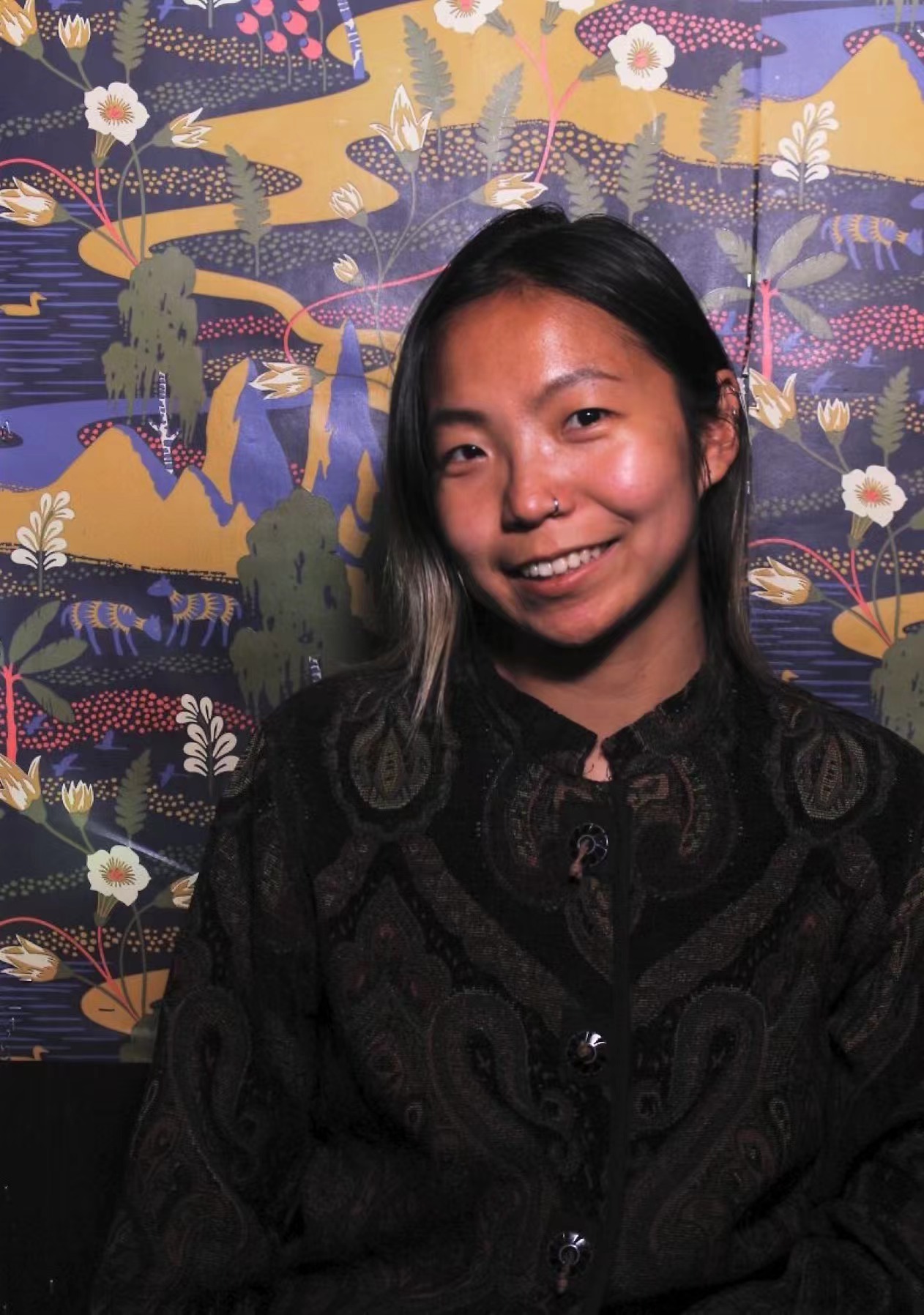
Tracy Wu (b.2002, Shandong, China) is an artist and researcher working with image, text and time-based media. She holds a BA from Wesleyan University with a double major in Studio Art and Anthropology.
Her practice integrates relational aesthetics, field research and social intervention. Expanding from cinema to video installation and multimodal ethnography, her work incorporates elements of performance and collaboration. Drawing from affect theory and multi-sensory anthropology as its starting point, it explores the formation of subjectivity and relationality amid neoliberal transformation.
With a background in film production, in her work she contests the unstable boundary between fiction and reality and their constructed nature. Committed to fostering quotidian ways for social participation, performativity and curatorial practice to intersect with anthropological methodology, she seeks to promote public engagement with the discipline through new media and artistic practice.